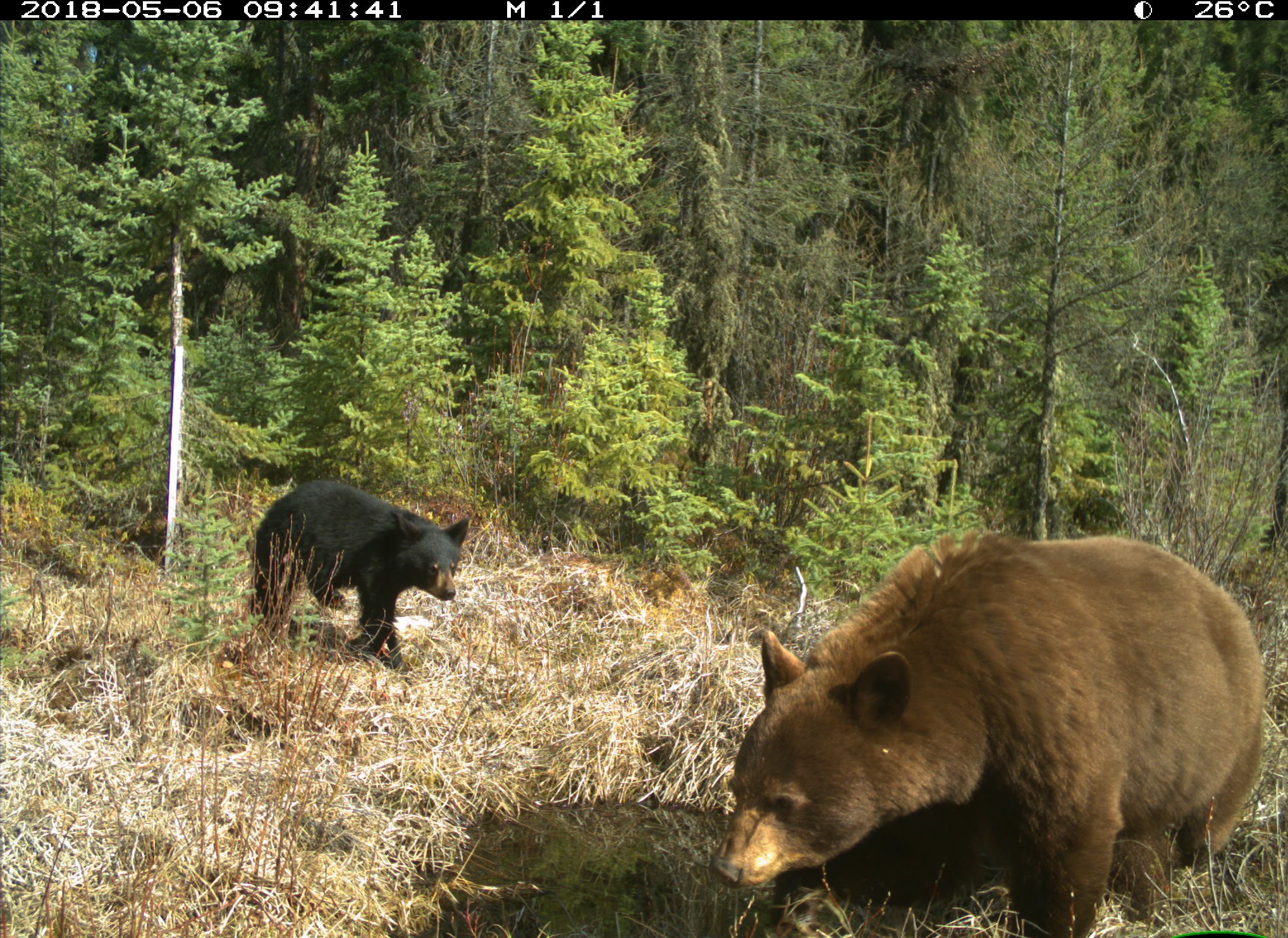Camera traps are often used to study interactions between predators and prey and their use has revealed a range of interesting animal behaviours. A new paper published in the Journal of Animal Ecology by Justine Smith and colleagues suggests we could be missing out on valuable information about predator-prey interactions by not utilizing camera traps to a greater degree as part of experimental studies in nature. Smith et al (2020), reviewed the predator-prey literature where camera traps were used. They found that most were purely observational and largely focused on assessing the overlap between species in space and time. The authors call for increased use of camera traps in experimental field studies, explaining that such work could improve our understanding of the mechanisms behind predator and prey behaviour and interactions. Some examples include using camera traps to monitor animal responses towards predator and prey cues (e.g. olfactory cues like scent lure; audio cues such as playback experiments) in treatment and control sites. Smith et al (2020) acknowledge the challenges associated with running field experiments where focal species are totally wild animals, however, they note that such studies could be important in helping ecologists and managers better understand the impacts of human activity on predator and prey species. Click here to check out their paper, titled "Zooming in on mechanistic predator‐prey ecology: integrating camera traps with experimental methods to reveal the drivers of ecological interactions".
